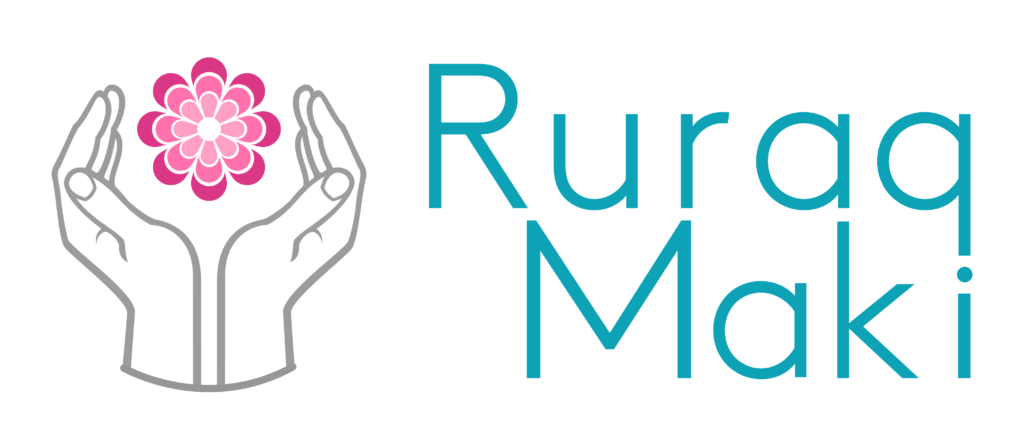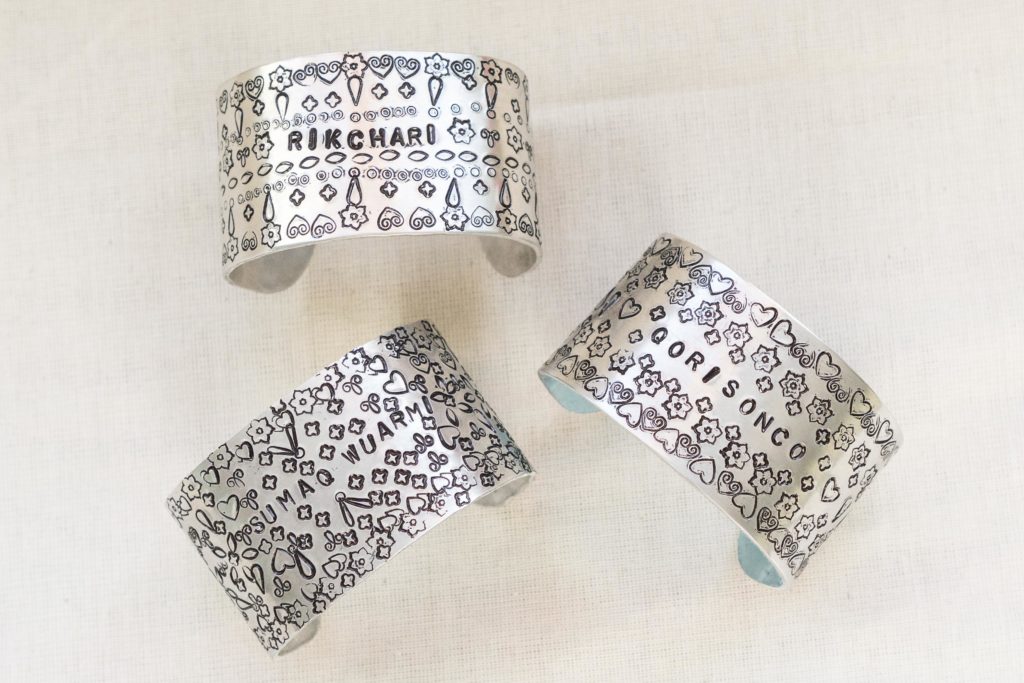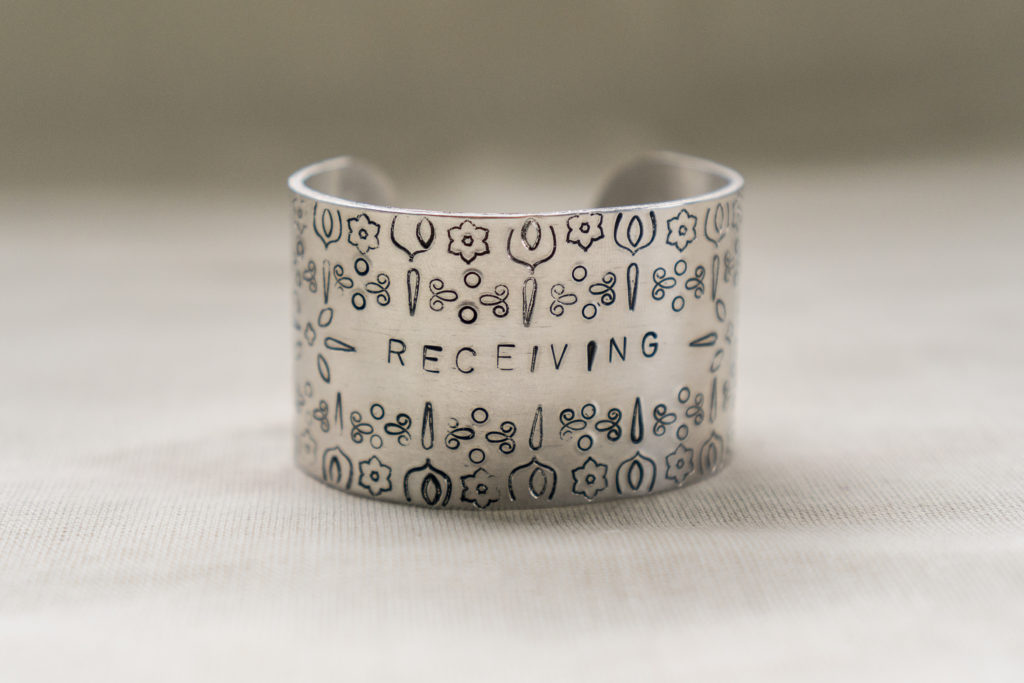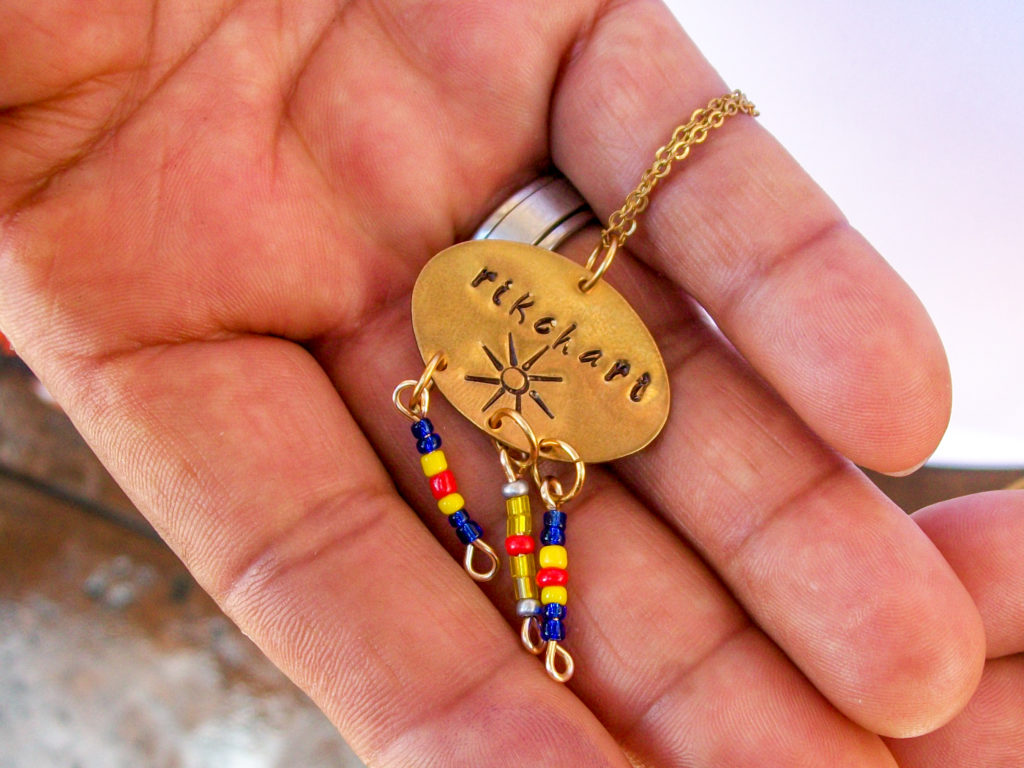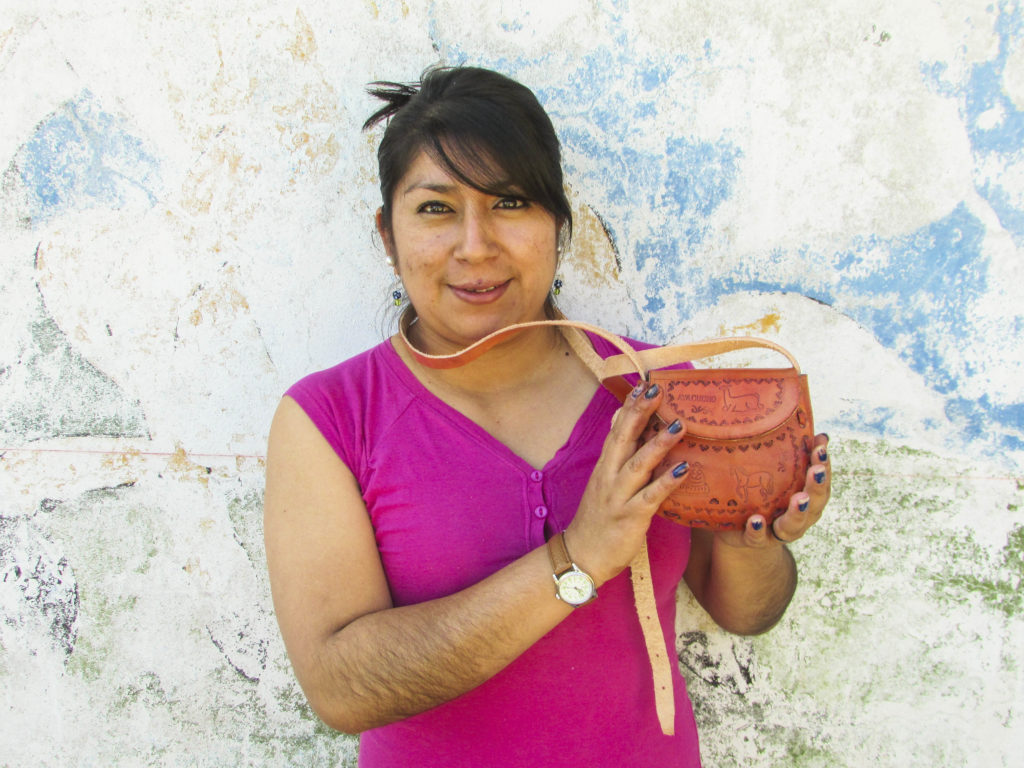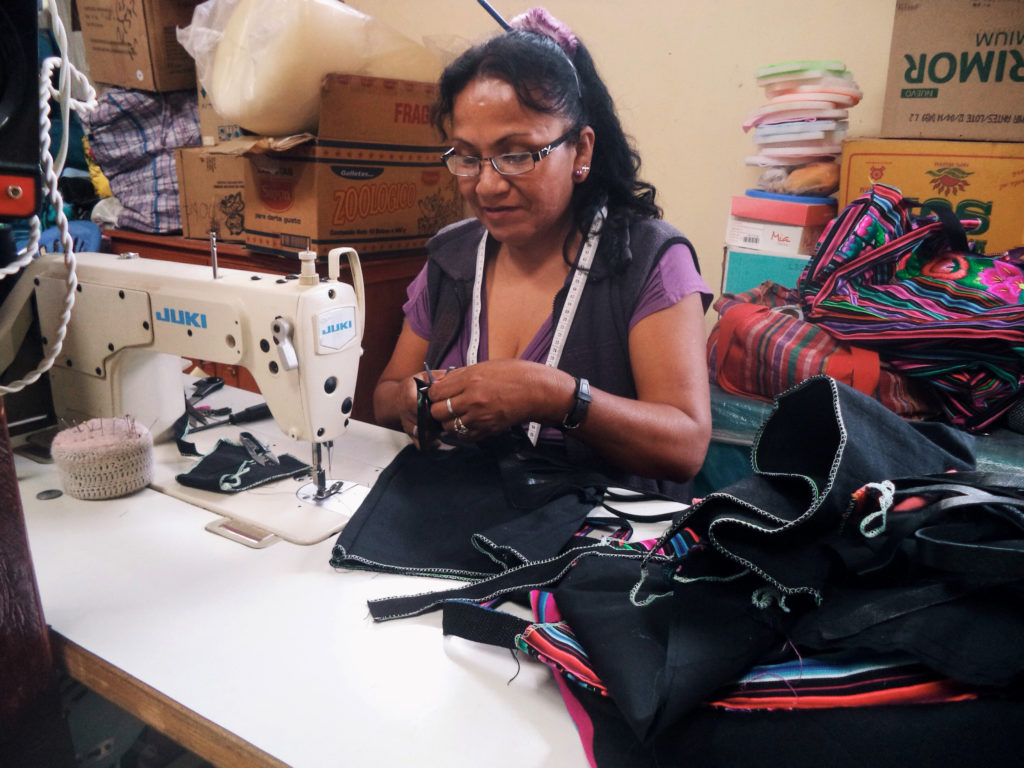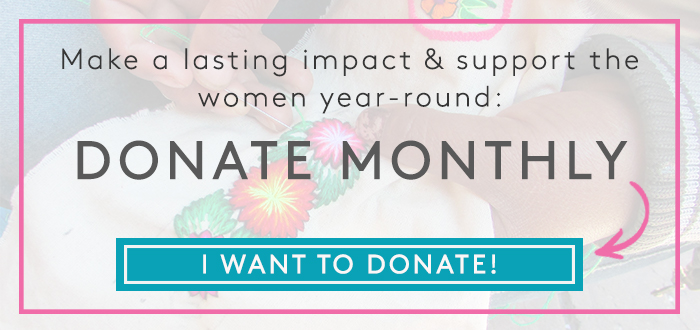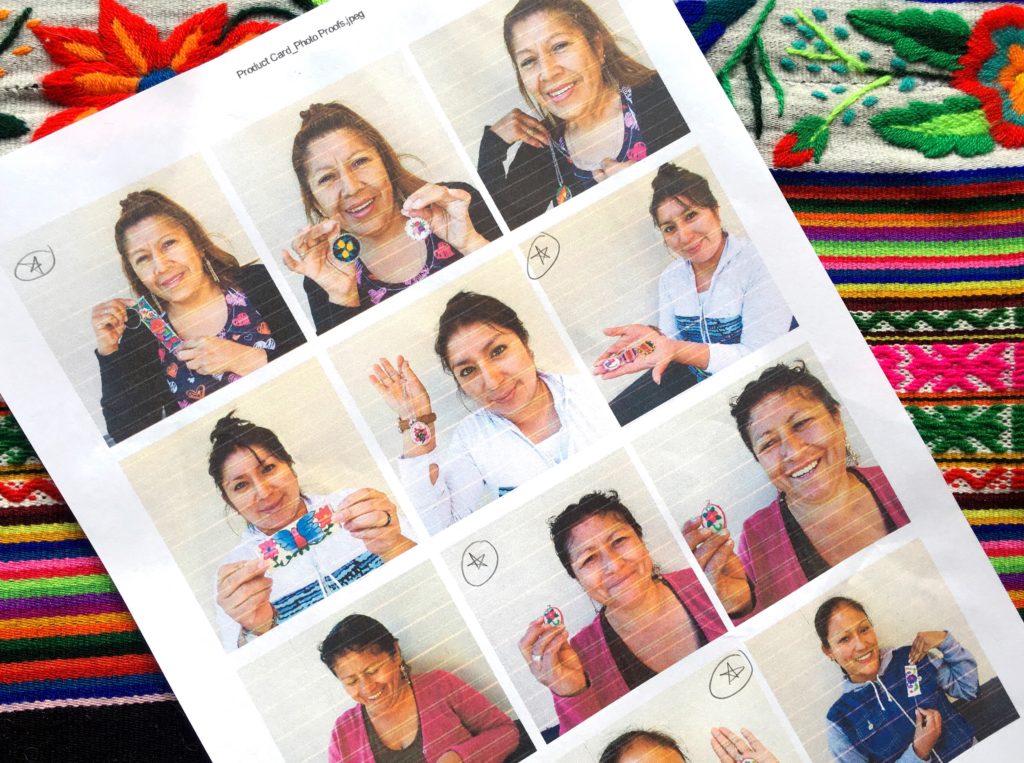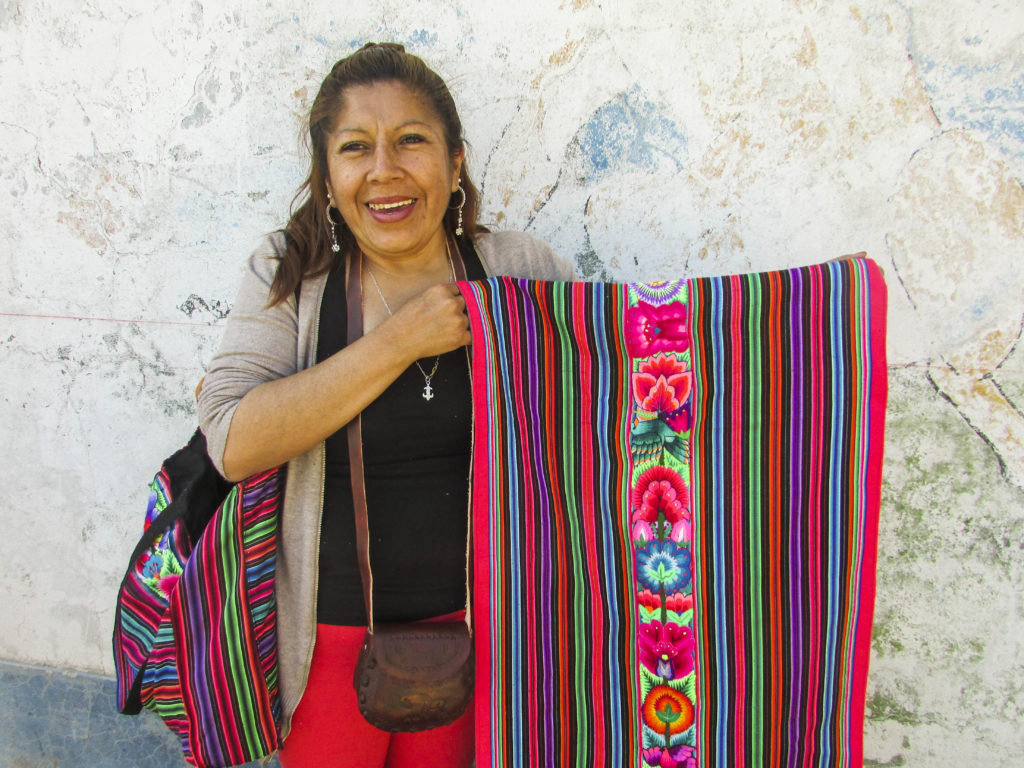Today started out with the best surprise! Right as I was walking into the prison I heard my name called and turned around to see Gladys, one of our program participants who was released last year! After a big hug, we chatted for a few moments and agreed that I would visit her workshop next Monday to catch up (and I’m going to take lots of photos this time!).
Seeing Gladys filled me with so much joy that I knew the rest of the day was going to be stellar. And I wasn’t wrong.
After having *every single item* in my bag reviewed (they opened every box, container, and checked under every letter stamp), I arrived at the women’s cell block and we started metal stamping.
Since the last metal stamping class was such a hit, I knew this one would be too. We started with mandala pendants and design stamps to give the women a chance to practice the feel of stamping metal. A few of those initial strikes were a bit shaky (you really have to get into the flow of stamping), but eventually the women found their groove.
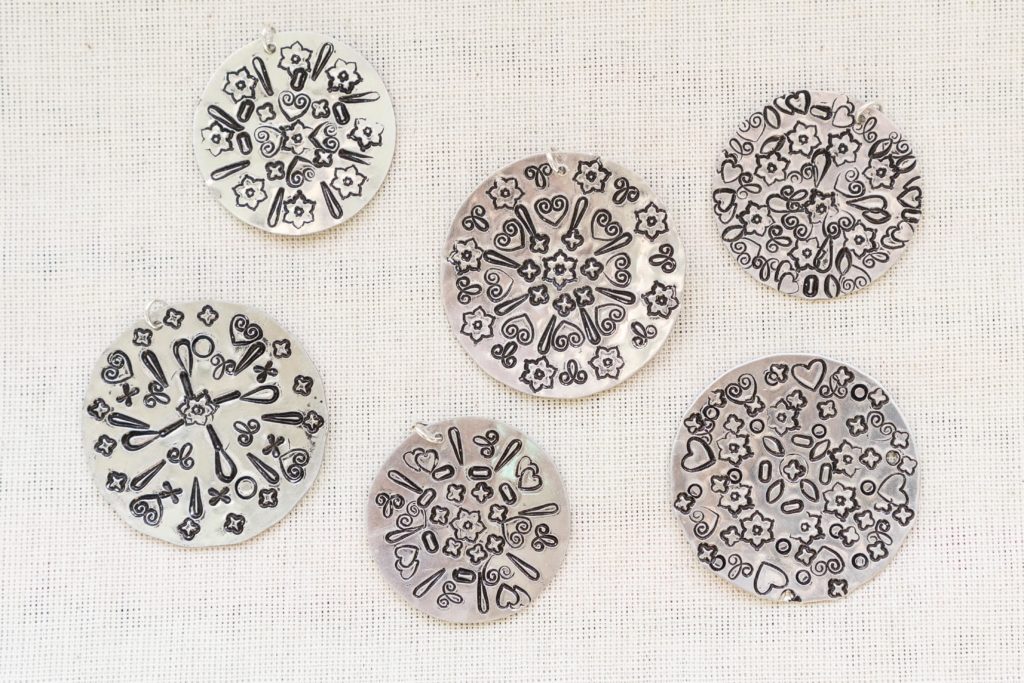
Mandala pendants
The class is a mix of our regular program participants and several new women who were watching. I gave them blanks and told them they should try it out. Sure enough, a few of them fell in love and are now stamping pros.
After the mandala pendants we moved on to the stamped cuff which is FAR more complex and requires careful measurement, planning, and focus when stamping.
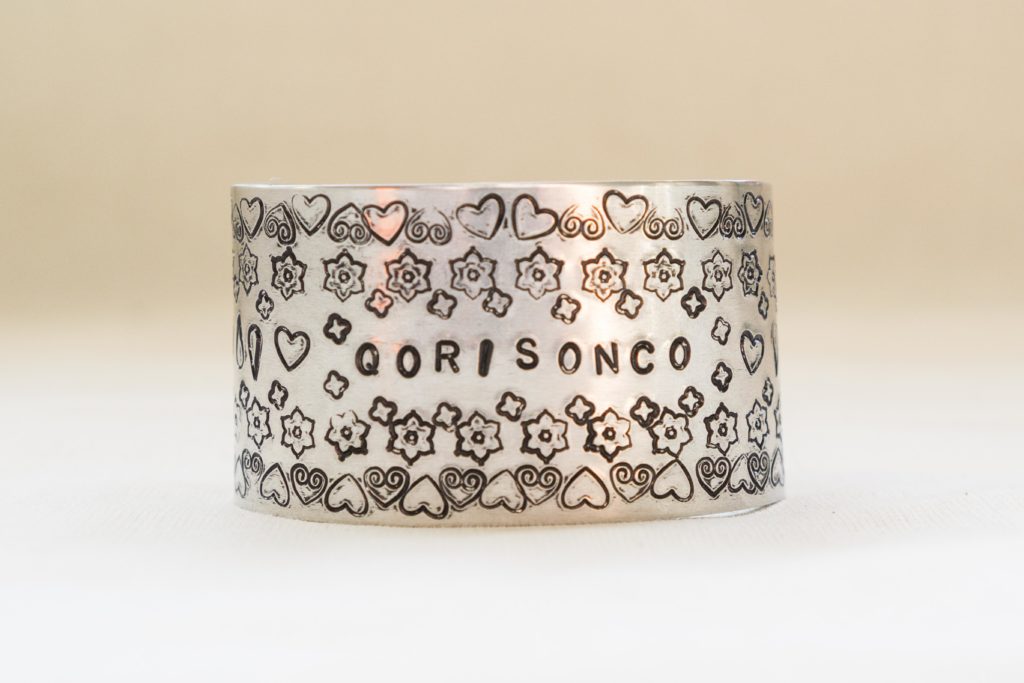
One of the most fun parts of the cuff is are the words the women choose to put in the middle. The first round was all in Quechua and included Qorisonco, which means heart of gold, Sumaq Wuarmi (beautiful women- this one is going to make an amazing gift!), and Rikchari, which means to awaken.
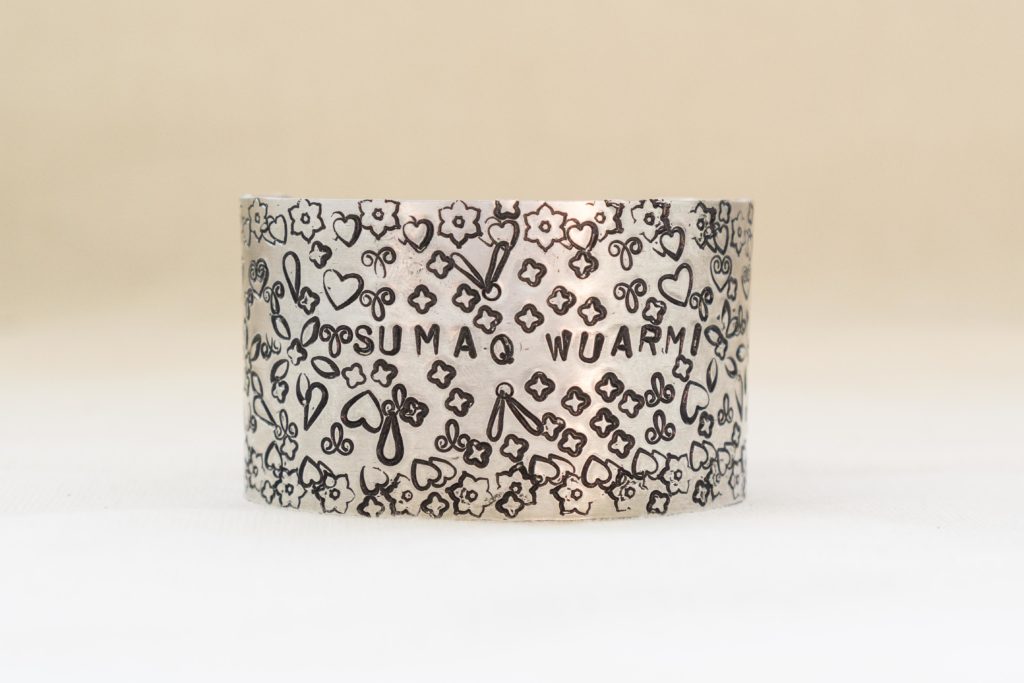
Here’s the story behind Rikchari and why the phrase is so important to the Elizabeth: “Rikchari is Quechua for ‘awaken’ and it is a word full of life and hope. It encourages us to continue to live each day with courage and to never give up until the last breath of our lives.”
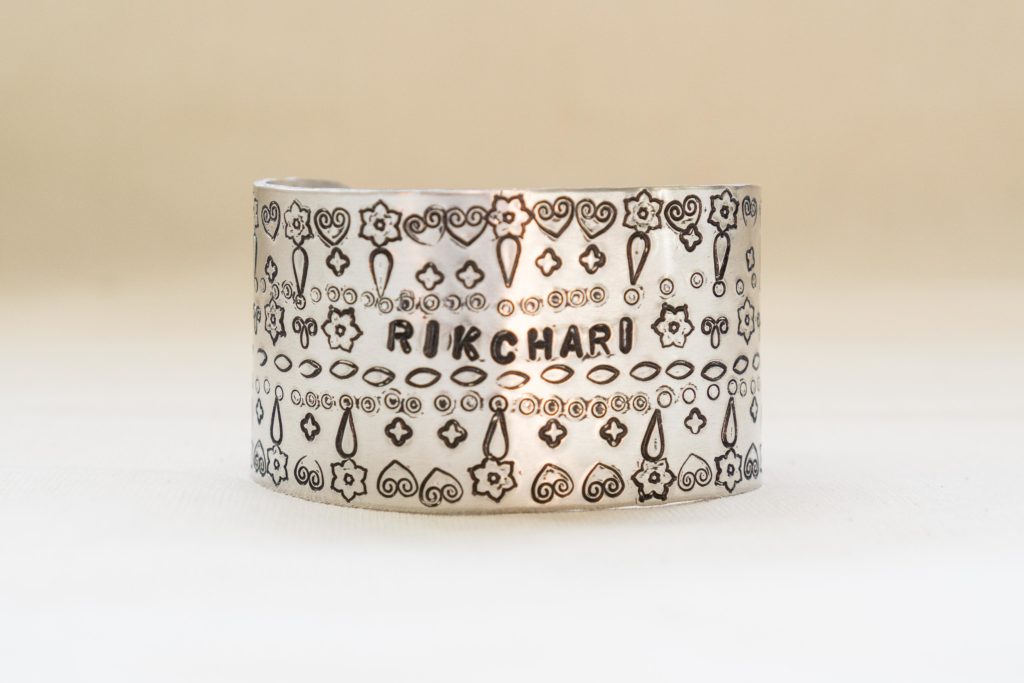
Elizabeth, who LOVES creating everything and anything, finished her Rikchari cuff first. As she admired it, she turned to me and said, “I’m so happy about learning this technique. I look at what I made and I feel proud of myself.”
For those of you who donated to our Sponsor a Woman campaign- this is the impact your donations make. Without you we couldn’t have purchased the materials for this class and Elizabeth, who won’t be released from the prison for another 9 years, wouldn’t have this moment of pride.
Imagine facing 9 more years in prison, being separated from your daughter, and abandoned by your partner and his family. Then imagine creating something that is so beautiful you cannot stop admiring it or reminding yourself that you MADE that. That you are a talented individual that can learn and create.
That’s the impact of your support.
